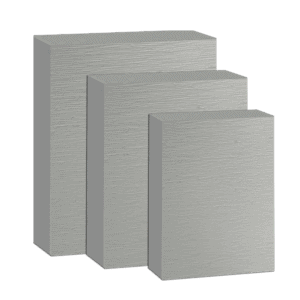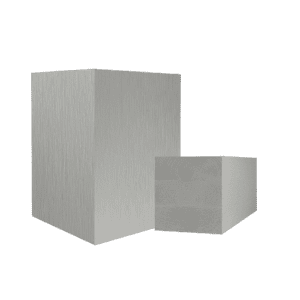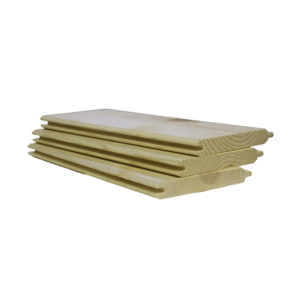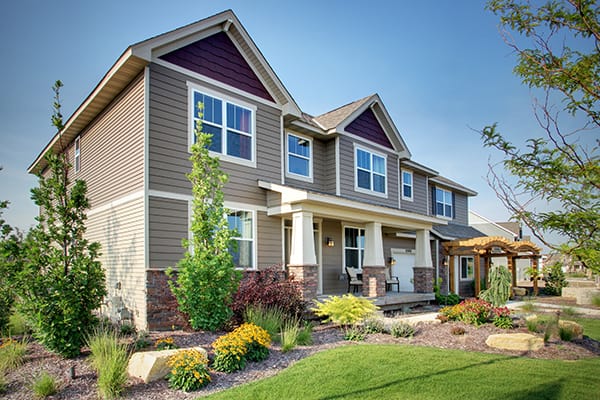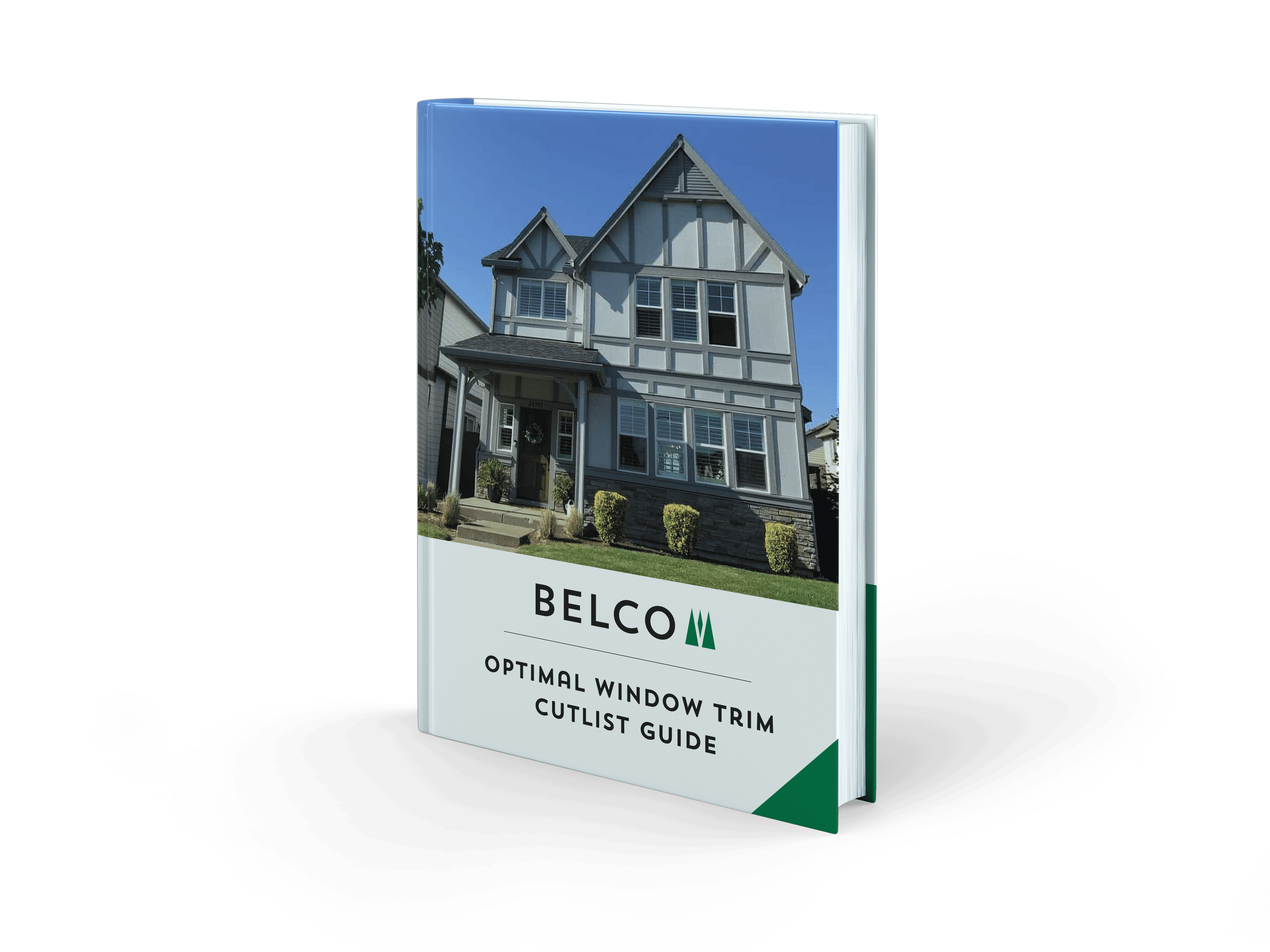You build homes that give your customer quality and value. To do that, you need to be sure that your exterior trim product selection meets this criteria as well. Low maintenance is certainly a necessity for any exterior trim going on a new home today, but low maintenance comes at various costs, some are hidden costs.
As the industry has moved toward utilizing exterior trim products that are low maintenance or maintenance-free, the residential building industry has seen the introduction of fiber-cement, cellular PVC, OSB, and hardboard trim offerings to compete against all-natural wood trim products.
While each of these competitors have merit in achieving the goal of minimum maintenance, at the same time, there are hidden costs associated with these products that need to be addressed before deciding which one to add to your stocking material list.
Flexibility in available lengths of trim products
More flexibility in available lengths of trim products is one key difference. Lack of flexibility in ordering multiple trim lengths adds time and expense to the basic home package for both the builder, installer and consequently the eventual owner. No one builds a home that only needs 12’ or 16’ lengths of exterior trim product, yet these are the lengths that are commonly available through today’s supply channels from several manufacturers.
To take advantage of all material efficiencies available, you need to be able to resource trim products in lengths from 8’-20’ depending upon your individual needs. This will help optimize the efficiency of the material purchase AND reduce labor for all those extra cuts. Time is money in this case.
What are some of the hidden costs?

- Limiting yourself to 2 lengths of trim means that you will have more joints that you and the homeowner have to address in maintenance. Every time you cut a piece of trim, the exposed end will need to be coated with an approved sealant to maintain the warranty. This adds time and expense to the job, and these are areas that will show up as future issues for your homeowners who may not be diligent in upkeep on the exterior of their home – especially when they think they have purchased a “maintenance-free” home.
- When your installer only has two lengths to choose from, he or she will not always be able to make a cut that leaves a usable piece of trim available. This waste will add up in dollars lost in material categories as well as labor and time lost with your sub-contractors
running back to the supply house for additional materials. - Your estimation department will have a difficult time accounting for how much trim is needed to send to the job. They cannot know how each trim crew will use the material, and it would be almost impossible to assign specific lengths to each task since most of the
material on the ground will not be close to the exact length needed. - Extra cuts in the trim are an opportunity to introduce moisture into the building envelope.
- Finally, there is the issue of appearance. Curb appeal is high importance for most homeowners. Joints in the trim are difficult to hide without taking extra time and care when installing. Over time, these details affect the appearance of the home. Extra time and care are expenses that few cuts will avoid. Curb appeal is a big factor when it comes time to sell. Easy care along the way and great appearance will go a long way toward getting top dollar when you put it on the market.
Wood is natural, renewable & sustainable – It’s GREEN
While some of the trim products on the market today utilize wood, wood fiber or wood chips as a major component in their makeup, solid wood trim is the only natural product available that offers single-cut application in a product mix offering lengths from 8’-20’.

